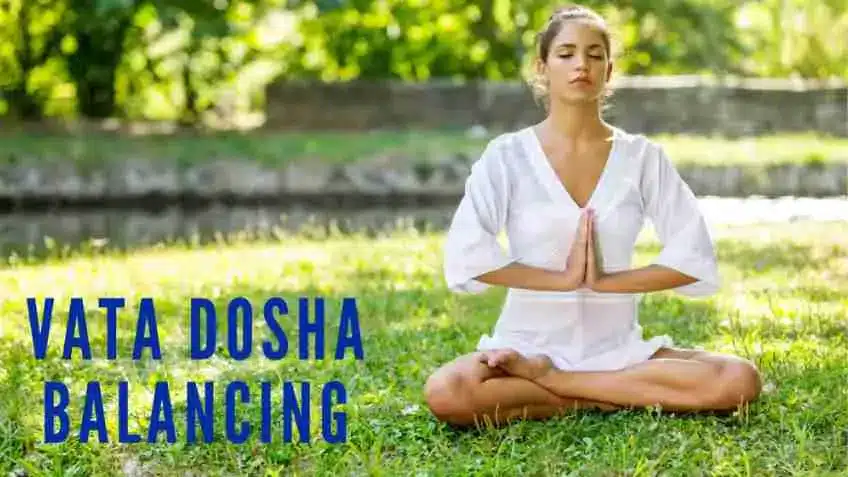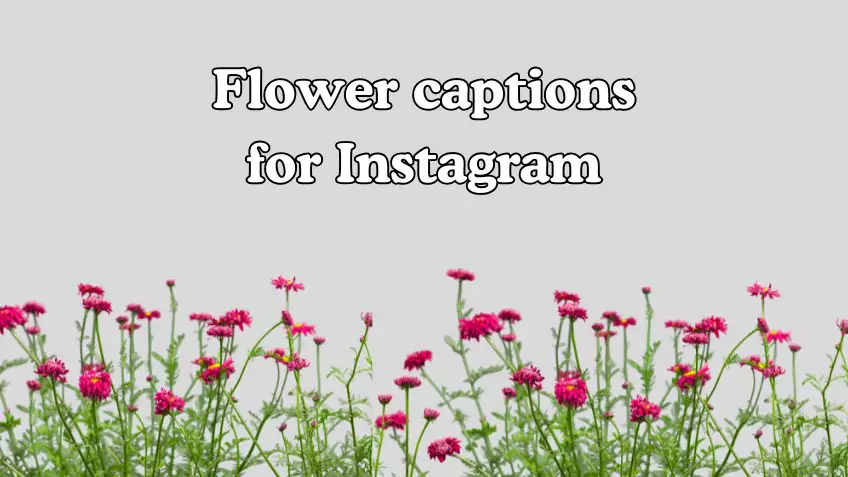Vata Dosha Balancing Techniques: A Step-by-Step Guide
Vata dosha balancing is a journey of self-mastery and self-care. It is one of the three basic energies that control our physical, mental, and emotional health according to the age-old Ayurvedic medical system. Vata represents attributes like mobility, creativity, and change and is connected to the elements of air and space. Vata dosha balances our life and encourages vitality, excitement, and a sense of flow. On the other hand, an excess or imbalance of Vata can cause emotional and bodily problems that leave us feeling agitated, tired, and disoriented.
In this article, we will explore the principles and practices of balancing Vata dosha, helping you cultivate a greater sense of harmony, stability, and well-being.
Understanding Vata dosha
Understanding Vata dosha is key to achieving self-mastery and maintaining well-being. In Ayurveda, an ancient system of holistic medicine, the concept of doshas plays a crucial role in understanding individual constitution and health. Vata dosha, characterized by the elements of air and space, holds a significant place in Ayurvedic philosophy.
Air (Vayu): Air is a fundamental element associated with movement, mobility, and dynamic energy. In the context of Vata dosha, air represents the kinetic force that governs all forms of movement in the body and mind. It is responsible for processes such as circulation, nerve impulses, and the movement of thoughts.
Space (Akasha): Space is the element that provides the container or field for all other elements to exist. It represents the expansive, open, and empty aspect of the body and mind. In the context of Vata dosha, space provides room for movement, allowing for flexibility, creativity, and adaptability.
Characteristics and qualities of Vata dosha
Vata dosha is one of the three doshas in Ayurveda, representing the energy of air and space. It governs various physiological and psychological functions in the body. Here are the characteristics and qualities associated with Vata dosha:

- Mobile and Light: Vata is characterized by mobility, both in the physical and mental aspects. It is light, quick, and constantly on the move.
- Cold and Dry: Vata is inherently cold and dry, which can affect the body and mind. It tends to cool and dry out tissues, leading to potential imbalances.
- Irregular and Variable: Vata is known for its irregular nature. It can manifest as irregular digestion, sleep patterns, and mood fluctuations.
- Creative and Energetic: Vata is associated with creativity, enthusiasm, and inspiration. It is the driving force behind artistic expression and innovative thinking.
- Sensitivity and Sensibility: Vata dosha is sensitive to external stimuli, including changes in weather, noise, and stress. It can contribute to heightened awareness and intuition.
- The tendency toward Anxiety and Nervousness: When Vata dosha is imbalanced, it can lead to anxiety, nervousness, and restlessness. Vata individuals may have racing thoughts and difficulty grounding themselves.
- Variable Appetite and Digestion: Vata dosha influences digestion and metabolism. Vata persons may have variable appetites, experience bloating, and tend to have irregular bowel movements.
- Light and Thin Body Frame: Vata-dominant individuals tend to have a light and slender body frame. They may find it challenging to gain weight and can be more prone to dry skin.
- Love for Movement and Change: Vata persons often have a natural inclination toward physical and mental movement. They enjoy change, new experiences, and adaptability.
Balancing Vata Dosha
Balancing Vata dosha is essential for overall health, well-being, and self-mastery. A balanced Vata dosha encourages vitality, creativity, and mental clarity.
To balance Vata dosha:
- Establish a routine for sleep, meals, and activities.
- Choose warm, nourishing foods and healthy fats.
- Stay hydrated with warm fluids and limit caffeine and alcohol.
- Engage in gentle exercise and relaxation techniques.
- Practice self-massage with warm oils.
- Keep warm and protected from cold weather.
- Create a calm and peaceful environment.
- Seek professional guidance for personalized recommendations.
Vata-Pacifying Yoga and Exercise

Gentle Yoga
To enable you to establish a close connection with your body and breath, choose gentle, calming yoga practices that emphasize gradual, thoughtful movements. For the purpose of balancing the Vata dosha, Hatha, Yin, and Restorative yoga techniques are highly helpful. These practices emphasize relaxation and restoration, employing props for support and holding poses for extended periods.
Include postures like Mountain Pose (Tadasana), which helps create a sense of rootedness and stability that encourages stability and anchoring. Other grounding positions are the gentle twists of the Supine Twist (Supta Matsyendrasana), which assists in relieving tension and enhancing spinal mobility, and the Child’s Pose (Balasana), which helps you to surrender and find comfort.
Sun Salutations
Incorporate a slower, more methodical version of the Sun Salutations (Surya Namaskar) into your yoga practice. Emphasize deliberate, fluid motions, coordinating each one with your breathing. This promotes body awareness, flow, and attention while preserving stability.
Seated Meditation
Set aside time for seated meditation, and make sure the area is peaceful and comfortable. Let the breath naturally deepen as you close your eyes and focus on it. To help your thoughts relax, concentrate on taking deep, even breaths and letting them out. Develop an inner calmness by simply noting your thoughts and gently returning your attention to the breath anytime you find yourself getting sidetracked.
Pranayama
To balance the Vata dosha, practice grounding pranayama techniques. By breathing in and out via one nostril at a time, alternate nostril breathing, also known as nadi shodhana, helps to balance the body’s energy flow and quiet the mind. Deep belly breathing, sometimes referred to as diaphragmatic breathing, helps you relax and calm your nervous system by deliberately extending your abdomen on the inhale and gently contracting it on the exhale.
Creating a Vata-Balancing Diet
To create a Vata-balancing diet, focus on:
- Warm, cooked, and easily digestible foods.
- Incorporating healthy fats like ghee, coconut oil, and sesame oil.
- Choosing grounding and nourishing foods such as root vegetables, whole grains, and cooked vegetables.
- Including warming spices like ginger, cinnamon, and cumin.
- Staying hydrated with warm fluids and herbal teas.
- Avoiding excessive intake of cold, raw, and dry foods.
- Limiting caffeine and alcohol consumption.
- Following a regular and consistent meal schedule.
- Listening to your body’s hunger and fullness cues.
Q1: What are the common signs of Vata imbalance?
A: Symptoms of Vata imbalance generally include anxiety, restlessness, constipation, irregular digestion, dry skin, poor focus, insomnia, and an overall sense of ungroundedness.
Q2: Can a Vata-balancing diet help with weight management?
A: Yes, controlling weight can be aided by following a diet that balances vata. You can support a healthy metabolism, facilitate digestion, and keep a stable weight by emphasizing warm, nourishing foods and avoiding an excessive amount of cold or raw foods.
Q3: Are there specific exercises or physical activities recommended for balancing Vata dosha?
A: Vata dosha may usually be balanced by doing mild exercises like yoga, tai chi, and strolling. These exercises encourage relaxation, flexibility, and grounding. Steer clear of high-impact workouts and excessive exertion since these might exacerbate Vata and cause overstretching.
Q4: Can Vata imbalances be seasonal?
A: Absolutely, variations in the seasons can have an impact on Vata imbalances. Vata seasons are defined as being dry, chilly, and variable, and they include the fall and early winter months. To keep equilibrium throughout these periods, it is especially crucial to focus on Vata-balancing exercises.
Q5: Can Vata imbalances affect emotional well-being?
A: It is true that vata imbalances can impact one’s emotional health. Having too much Vata might make you feel uneasy, tense, and unstable. Vata-balancing techniques can ease mental tension, lessen anxiety, and encourage emotional balance.
Q6: Can meditation and mindfulness practices help balance Vata dosha?
A: It is true that awareness and meditation are very helpful in regulating the Vata dosha. These techniques assist in developing a sense of calmness and groundedness, as well as present-moment awareness and mental calmness.
Q7: Can Ayurvedic herbs and oils be used to balance Vata dosha?
A: Yes, It is possible to balance the Vata dosha with Ayurvedic oils and herbs. For their nourishing and grounding qualities, oils like sesame and almond oil, as well as herbs like ashwagandha, brahmi, and Triphala, are frequently suggested.
Q8: How long does it take to balance Vata dosha?
A: Depending on the degree of imbalance and personal characteristics, balancing the Vata dosha takes different amounts of time for different people. The secret to using Vata-balancing techniques is consistency. Even little adjustments might help to restore balance, even if it might take weeks or months to see noticeable results.
Q9: Can Vata imbalances be genetic?
A: Ayurveda acknowledges that genetics can affect doshas, although Vata imbalances are more frequently caused by environmental circumstances, stress, food, and lifestyle choices. It is feasible to effectively address and regulate these imbalances by practicing Vata-balancing and making conscious choices.
Q10: Is it necessary to consult an Ayurvedic practitioner to balance Vata dosha?
A: While it’s not required, speaking with an Ayurvedic practitioner can offer tailored advice and suggestions depending on your unique constitution and imbalances. In-depth knowledge of your Vata dosha and customized treatment approaches for best outcomes can be obtained from them.
In summary,
Maintaining overall balance and well-being in our lives requires balancing the Vata dosha. You can achieve balance and reduce the symptoms of Vata imbalances by comprehending Vata’s traits and attributes and putting particular techniques into practice.
Throughout this article, we have explored various aspects of Vata balancing, including dietary choices, lifestyle modifications, self-care practices, and mindfulness techniques. Common Vata-related problems like restlessness, anxiety, dryness, and digestive problems are all helped by these techniques. By understanding the nature of Vata dosha and implementing Vata-balancing practices, you can cultivate self-mastery, enhance well-being, and harness the positive qualities associated with Vata.
Also read: Balancing Ayurvedic Pitta Dosha






